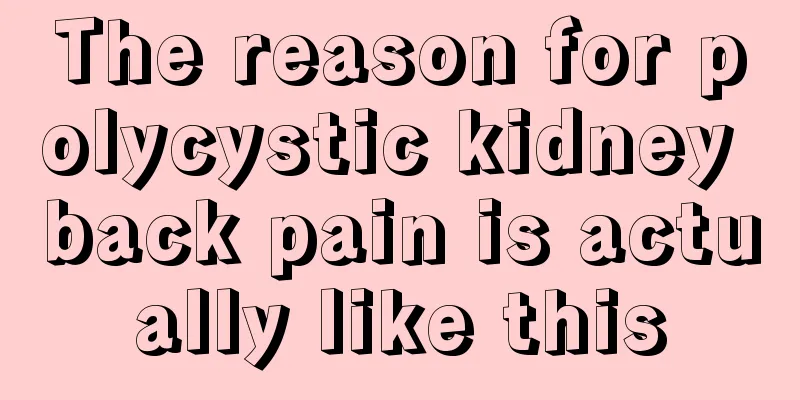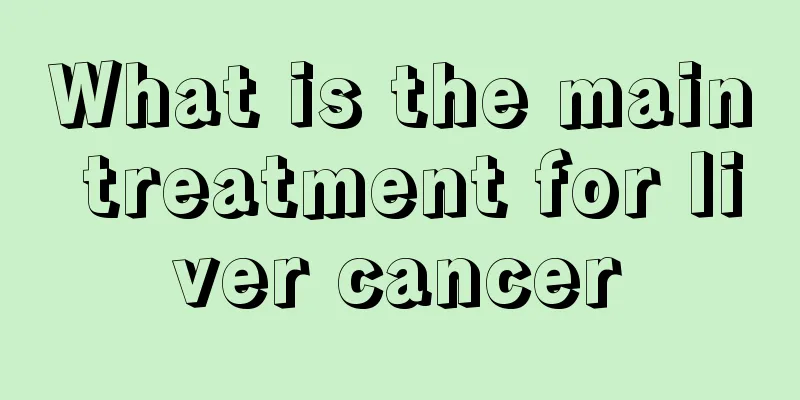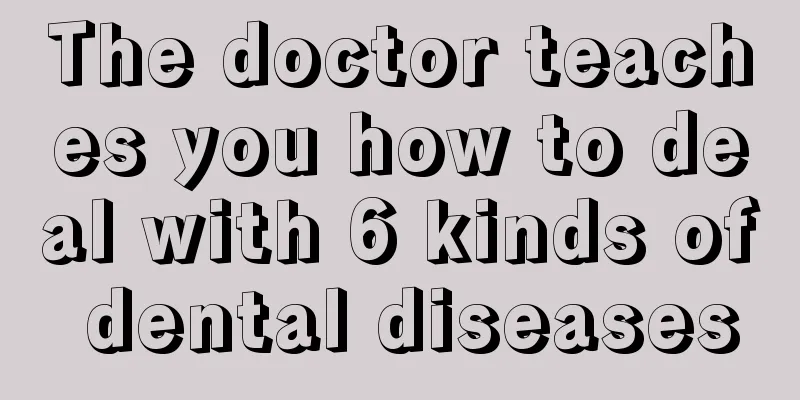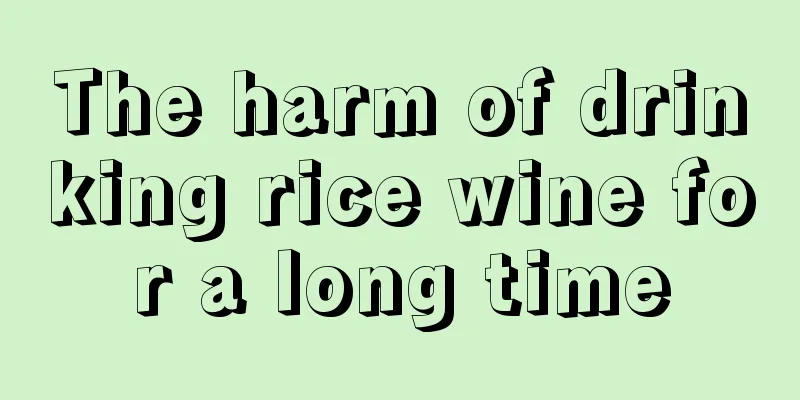The reason for polycystic kidney back pain is actually like this

|
Polycystic kidney disease is a genetic disease with a relatively high incidence rate among middle-aged and elderly people. It poses a huge threat to human health. Therefore, any symptoms that occur in patients with polycystic kidney disease should not be underestimated. So what exactly is causing the lower back pain caused by polycystic kidneys? In fact, this is related to five reasons, the first of which is kidney cyst. 1. Renal cyst: Many symptoms of polycystic kidney disease patients are closely related to the development of renal cysts. There are multiple fluid-filled cysts in the renal cortex and medulla, with diameters ranging from a few millimeters to several centimeters. The size and number of the cysts gradually increase with the progression of the disease. The degree of renal cyst enlargement in male patients is higher than that in female patients. 2. Pain: Pain in the back or ribs is the most common symptom in patients with polycystic kidney disease. Symptoms become more obvious with age and the size of the cyst, and are more common in women. Acute pain or sudden increase in pain often indicates urinary tract obstruction and concurrent infection caused by cyst rupture and bleeding, stones or blood clots. 3. Bleeding: More than 90% of patients have intracystic bleeding or macroscopic hematuria. It is usually spontaneous but may also occur after strenuous exercise or trauma. Causes of hematuria include ruptured blood vessels in cysts, stones, infection or cancer. Generally, hematuria is self-limited and disappears on its own within 2 to 7 days. If bleeding persists for more than one week or the patient is older than 50 years old, cancer should be ruled out. 4. Hypertension: It is one of the most common early manifestations of polycystic kidney disease. Fifty percent of young polycystic kidney patients with normal renal function have blood pressure above 140/90 mmHg, while almost 100 percent of patients with end-stage renal disease have hypertension. The level of blood pressure is directly proportional to the size of the kidneys and the number of cysts, and it increases with age. 5. Renal function damage: Early renal function damage is often manifested as a decrease in the kidney's concentrating function. Most patients can maintain normal renal function in their 40 to 60 years when the cyst grows; once renal function begins to decline, the glomerular filtration rate decreases by about 4.4 to 5.5 ml/min per year, and the time from renal impairment to end-stage renal disease is about 10 years. Warm reminder: When patients find out that they have polycystic kidney disease, they don’t need to be nervous or afraid, but they should not underestimate the harm of polycystic kidney disease. Because polycystic kidney disease is very harmful and causes serious damage to the patient's health, patients should go to the hospital for relevant examinations and receive treatment from a doctor as soon as possible. I hope everyone will recover their health soon. |
<<: The truth about goose egg white fetal toxicity is actually like this
>>: Is it true that red dates water can remove fetal toxins?
Recommend
How many days do I need to stay in the hospital after an appendectomy?
Appendicitis is a common disease in our human bod...
Transmission routes of Acinetobacter baumannii
Acinetobacter baumannii is a pathogen with a wide...
What causes T-cell lymphoma
The onset of T-cell lymphoma may be related to mu...
What does the biochemical test check?
Biochemical examination is a very important means...
Why the pattern disappears when baking mooncakes
Everyone eats mooncakes during the Mid-Autumn Fes...
How to deal with hard pimples on the face?
Many people have acne on their faces, which damag...
What are the effects and functions of onions
Onion is a food ingredient we are very familiar w...
What to do if you can't eat in the late stage of esophageal cancer
When patients with advanced esophageal cancer are...
Which is better, fixed denture or removable denture
With the continuous improvement of living standar...
Should kidney-tonifying Chinese medicine be taken before or after meals?
Maybe many of our friends, especially some male f...
The efficacy and function of twister
Many people have seen the mountain twister in lif...
What are the early signs of laryngeal cancer?
In recent years, laryngeal cancer has become a ma...
What are the clinical manifestations of fibroids
Many of us are troubled by fibroids. After this d...
Is it good to wash your face with hard water?
The water quality in each region is different due...
Let’s learn about the prevention of gastric cancer
It is beneficial for everyone to know about the p...









